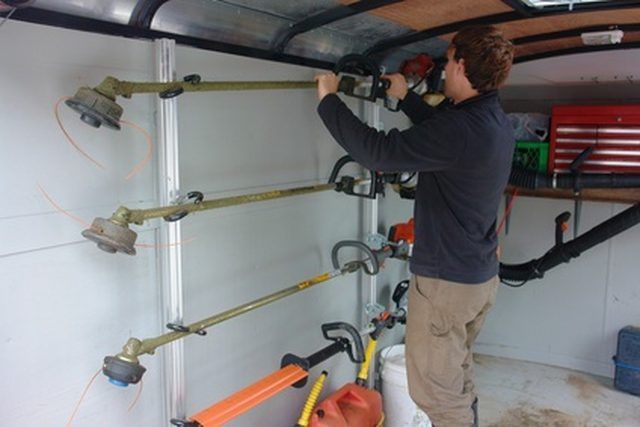Bulbs
Flower Basics
Flower Beds & Specialty Gardens
Flower Garden
Garden Furniture
Garden Gnomes
Garden Seeds
Garden Sheds
Garden Statues
Garden Tools & Supplies
Gardening Basics
Green & Organic
Groundcovers & Vines
Growing Annuals
Growing Basil
Growing Beans
Growing Berries
Growing Blueberries
Growing Cactus
Growing Corn
Growing Cotton
Growing Edibles
Growing Flowers
Growing Garlic
Growing Grapes
Growing Grass
Growing Herbs
Growing Jasmine
Growing Mint
Growing Mushrooms
Orchids
Growing Peanuts
Growing Perennials
Growing Plants
Growing Rosemary
Growing Roses
Growing Strawberries
Growing Sunflowers
Growing Thyme
Growing Tomatoes
Growing Tulips
Growing Vegetables
Herb Basics
Herb Garden
Indoor Growing
Landscaping Basics
Landscaping Patios
Landscaping Plants
Landscaping Shrubs
Landscaping Trees
Landscaping Walks & Pathways
Lawn Basics
Lawn Maintenance
Lawn Mowers
Lawn Ornaments
Lawn Planting
Lawn Tools
Outdoor Growing
Overall Landscape Planning
Pests, Weeds & Problems
Plant Basics
Rock Garden
Rose Garden
Shrubs
Soil
Specialty Gardens
Trees
Vegetable Garden
Yard Maintenance
How to Replace a Fuel Line on a Weed Eater Featherlite Gas Trimmer
How to Replace a Fuel Line on a Weed Eater Featherlite Gas Trimmer. Damage to the fuel line is one of the most common problems on small engine gas trimmers such as the Weed Eater Featherlite. Luckily, with only about 30 minutes of labor and a few dollars you can fix this problem and greatly extend the life of your Featherlite. Fuel lines, if the...

Damage to the fuel line is one of the most common problems on small engine gas trimmers such as the Weed Eater Featherlite. Luckily, with only about 30 minutes of labor and a few dollars you can fix this problem and greatly extend the life of your Featherlite. Fuel lines, if the trimmer is improperly stored, will corrode due to the dried gas that was left in the carburetor. You should always follow the owner's manual suggested storage methods.
Things You'll Need
Needle-nosed pliers
Scissors
Baling wire or small coat hanger
Engine oil
New fuel filter
Get rid of any old fuel still in the tank. Drain it out into an appropriate container. Start it up and let the engine run until it dies. This will clear the carburetor of any old gas.
Locate the carburetor. The carburetor regulates fuel in the engine and is located just above the fuel tank and in-between the primer bulb and the spark plug. Use the screwdriver to remove the access cover and the primer bulb, in case you can't easily reach the carburetor.
Look for two plastic fuel lines connected to the carburetor's nozzles. Pull off the top line with the needle-nosed pliers. This is the line that runs to the tank.
Open the gas tank, reach in and pull out the fuel filter and fuel line, using the needle-nosed pliers. Pull them out through the tank and throw them away.
Cut off about 6 to 8 inches of new fuel line. Angle one end to a 45-degree diagonal. Insert the baling wire into the fuel line. Spread a little oil around the outside of the fuel line.
Thread the wire and line through hole at the bottom of the fuel tank. Keep pushing them until the plastic line pops out near the carburetor.
Grab and pull the line towards the carburetor using the needle nosed pliers. Snip off the angled end, but don't connect it to the carburetor yet.
Snip off any extra line inside the tank. For the best results, leave two inches inside the tank. Push the new fuel filter's nozzle into the fuel line.
Reattach the fuel line to the same nozzle you removed it from on the carburetor. Fill the trimmer with fresh fuel at a mix of 40:1 gas to oil.
Tips & Warnings
Never store your trimmer without first running the engine until all of the gas is burnt out of the carburetor.